The double-pole switch has the same function as the single-pole switch (interrupting the current), the only difference is that when it interrupts the current flow, it disconnects both the phase (coming from the switchboard) and the neutral, for greater load protection.
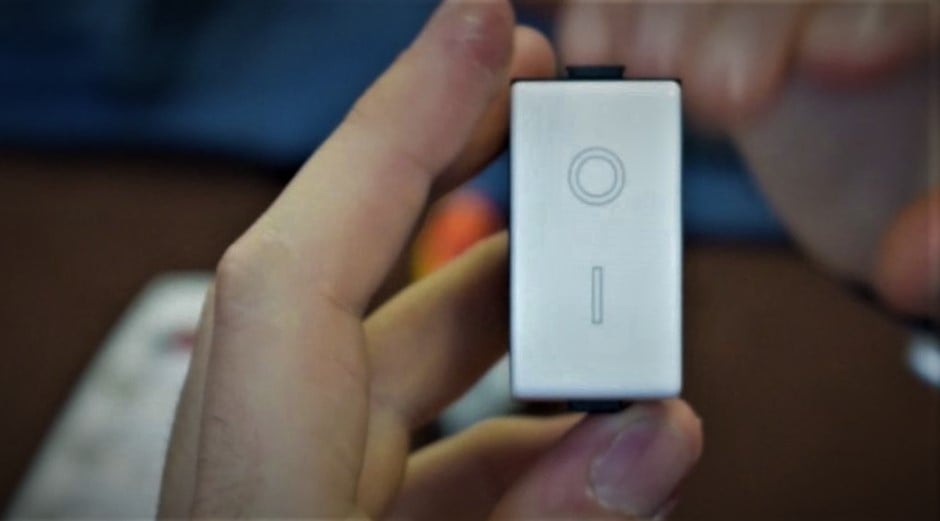
In this post we will show you, with the help of pictures, how to connect a two-pole switch to a socket.
Index:
- Why should I choose a double-pole switch?
- How to wire a double-pole switch
- Main connections
- Bridges
- Test
Why should I choose a double-pole switch?
Thanks to this switch, we will have greater security on the device we connect to the socket controlled by the switch. In fact, the double-pole, as opposed to the single-pole, totally isolates the electrical circuit.
How to wire a double-pole switch
In our case, we have chosen an external box into which we will fix the switch and socket.

Compared to a normal switch, the terminal box on the back changes, where there are four holes and not the classic two of a single-pole switch.
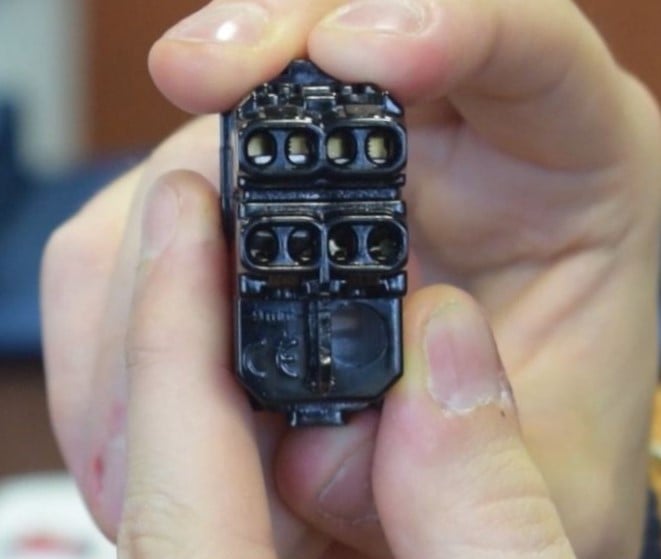
We fit the two modules in the box and proceed with the installation.
Main connections
The ground wire should be connected directly to the socket, in the central hole, without passing through the two-pole switch, as seen in the picture below.

Phase and neutral must instead be connected to the two-pole. On the back of the switch, the terminals are marked L1 and L2, as can be seen in the picture below.
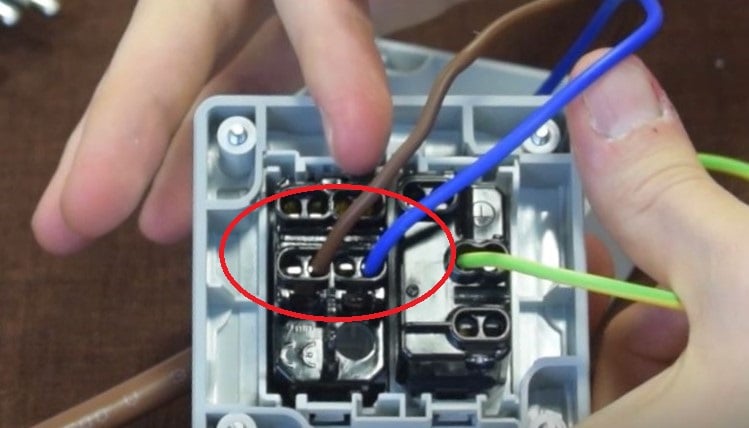
Bridges
At this point, we must bring phase and neutral from the double-pole to the socket, and to do this we must create bridges. In the case of the phase, the brown wire of the bridge must be connected vertically to the terminal of the two-pole and then connected to the terminal of the socket. We repeat the same operation with the neutral, creating a bridge between the two-pole and the socket with a blue wire.
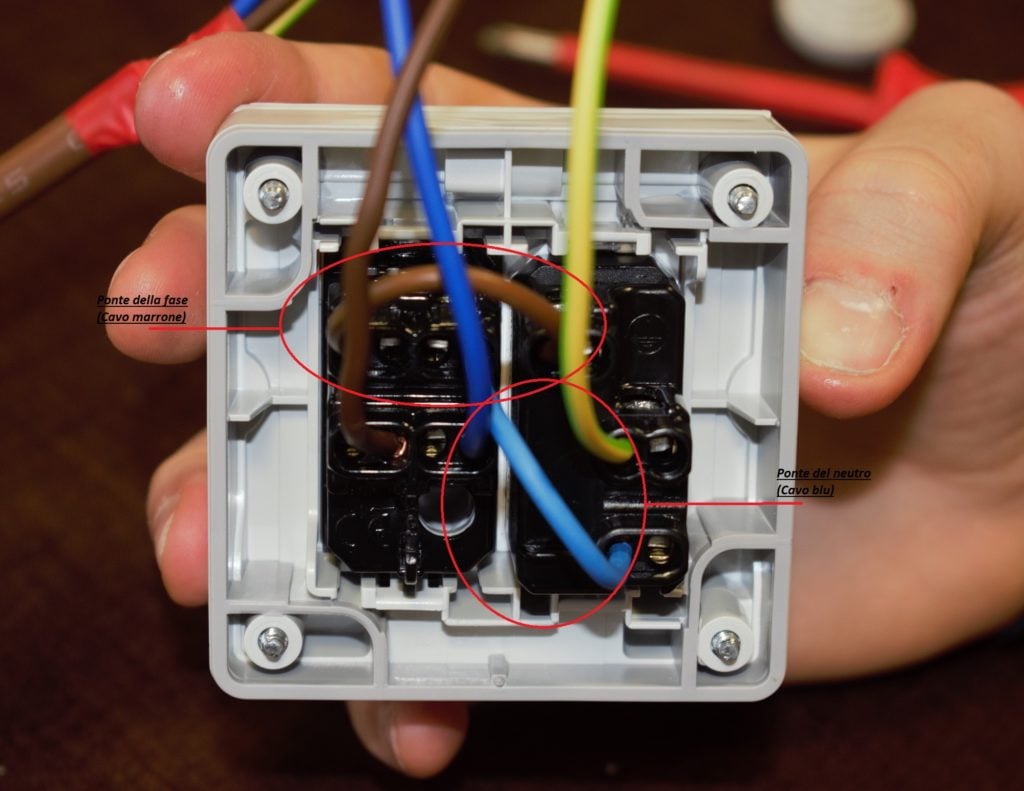
Test
At this point the connections have been made and we can test our double-pole switch. We supply power to our system, simulating the home power supply, and then connect a light bulb to the socket.
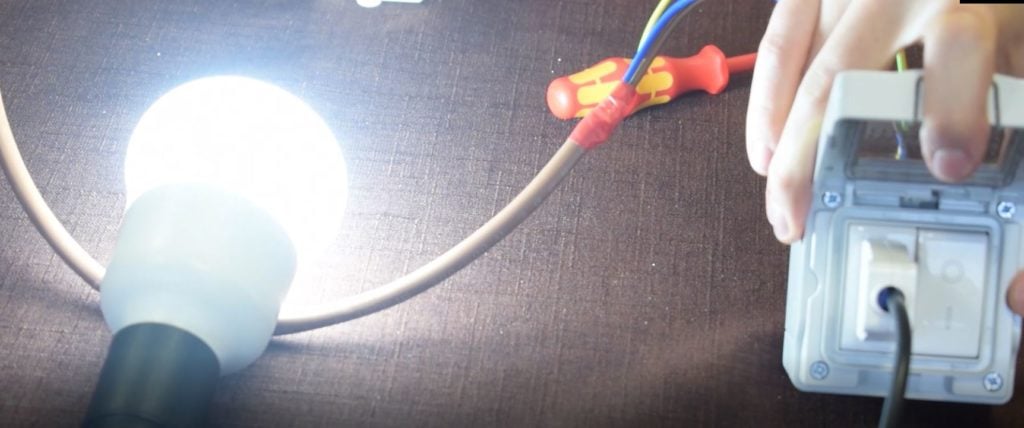
Switching on our double-pole, switches on our light bulb. Switching it off disconnects the whole circuit and consequently switches off the bulb.
You might also be interested in:
